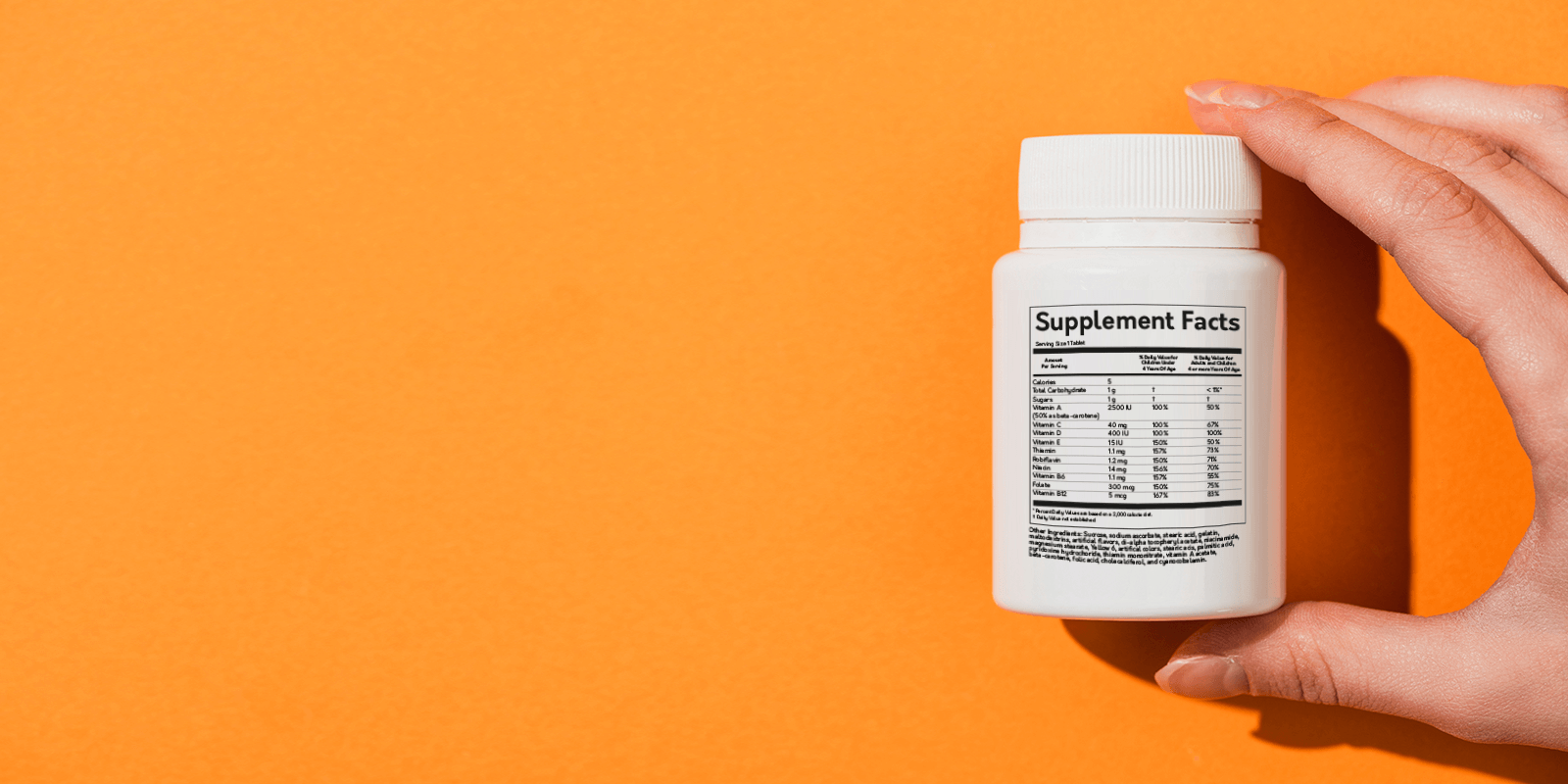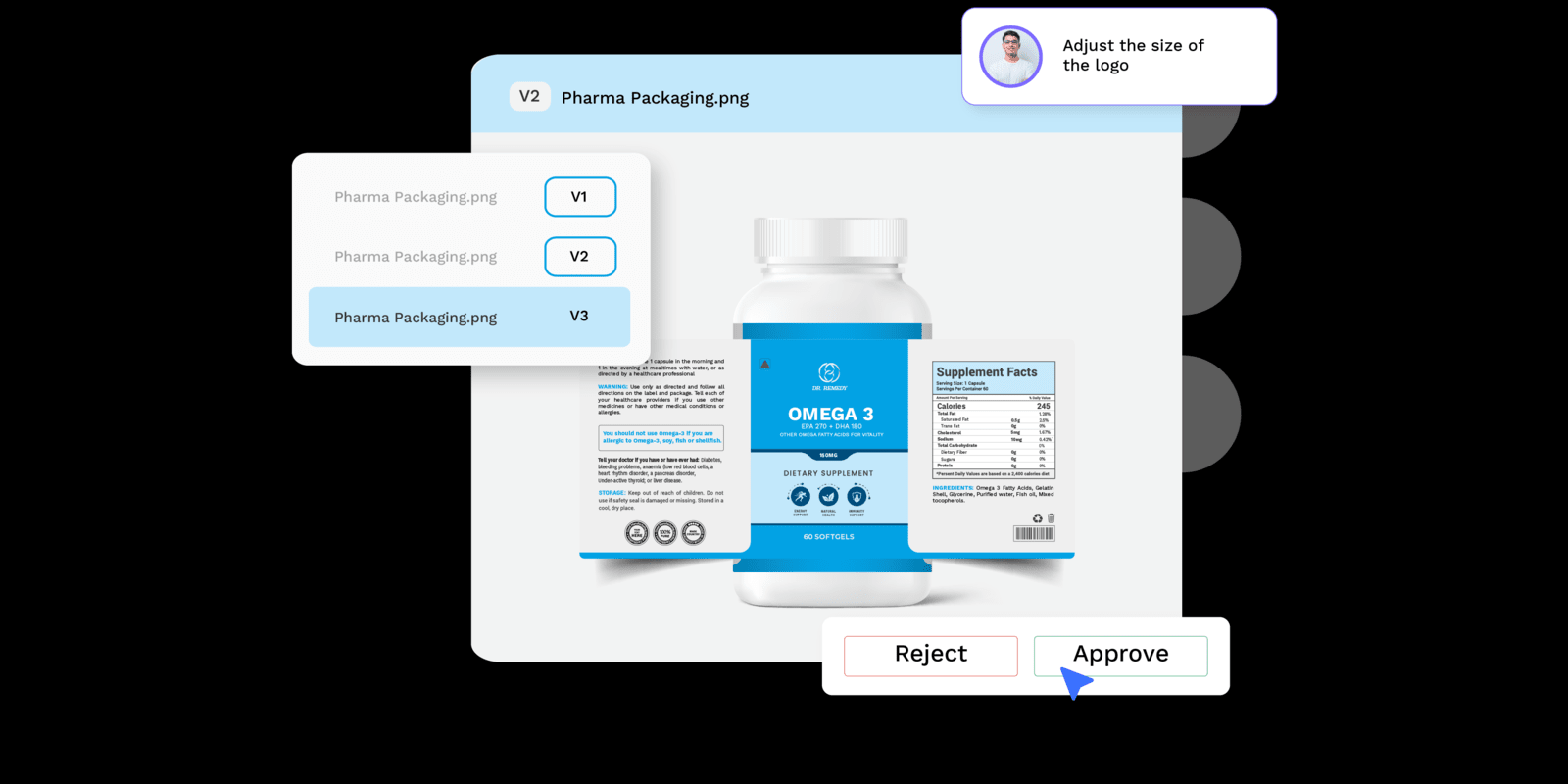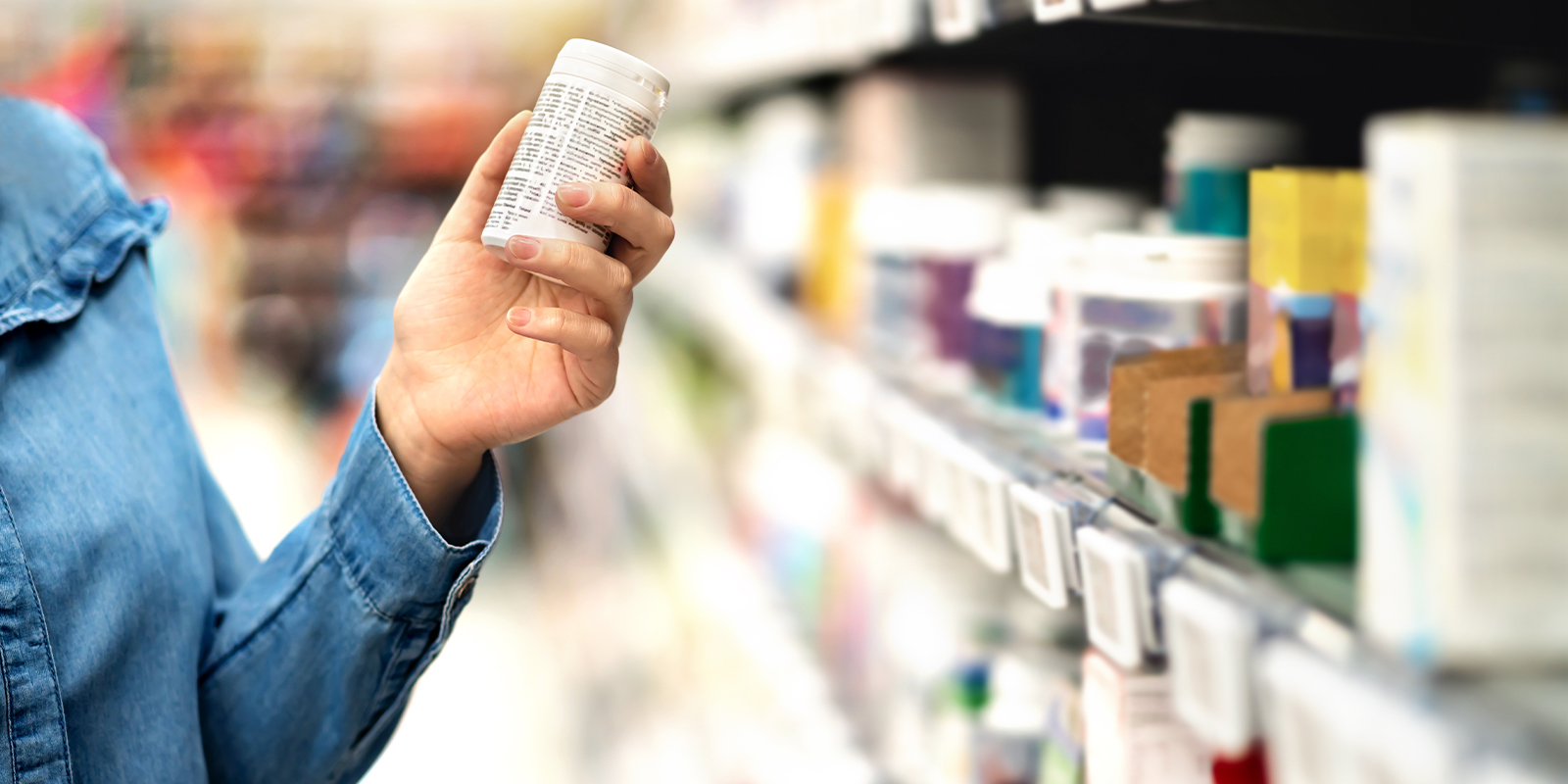Contract manufacturing helps a company to outsource its production to a third-party production facility that will manufacture the product, and if needed, the packaging and labeling too. As a contract manufacturer, the biggest challenges include working with multiple brands simultaneously. Manufacturers need to be constantly in touch with multiple brands and keep their assets organized.
Labels are an indispensable part of the product. Labels help establish the brand and product, provide product information, and contain handling instructions, warnings, safety hazards, tracking information, and more.
The government strictly regulates product labels for public safety. Failure to meet regulatory compliance can not only lead to heavy penalties but can also cause harm to the users. That’s why we have created this comprehensive guide for manufacturer labeling requirements.

7 basic labeling requirements
Here are some of the labeling requirements that should be present across all products, irrespective of whether they are a medicine, food product, chemical, or cosmetic.
1. Statement of Identity
The statement of identity refers to the brand and the product identity. This information is present in the primary display panel. For example, when you pick up a bag of Doritos, right in front, you get the branding, as well as the product identity, the flavoring, and more. The statement of identity helps consumers understand the intent or the characteristics of the product.
2. Manufacturer details
The information panel, which is located on a side, or the back of the packaging has information regarding the manufacturer's office, the address of the office, and contact details. It also contains the address of the manufacturing plant. For products that are imported, there is also an “imported by” section.
3. Country of origin
Every product must mention the country where it was manufactured separately.
4. Product batch number
Every product needs to have some information to add traceability. For most Fast-Moving Consumer Goods (FMCG) products, a batch number is used. In some cases, a serial number is also added. These codes make it easier to manage inventory and detect fraudulent products in the market.
5. Warnings
The product should contain warnings if any part of it can cause harm to the user. Here are a few examples,
- Health warning label
Liquor or cigarette packaging comes with a graphic image along with an explanatory text showing the negative consequences of the product intake.

Source: EHS Princeton University
- Bag suffocation warning
For products that come in large plastic bags, they contain a logo indicating that the plastic bag may cause suffocation and death.

- Fire Hazard
Flammable chemicals, such as household insecticide sprays, deodorants, or alcohol-based chemicals always contain the fire hazard symbol.

6. Regulatory markings
Products need to have a marking showing that they meet regulatory compliances. The "fortified" logo is also added to a food product with fortified nutrients. The packaging label can also bear the mark showing the recyclability of the packaging.
7. Product quantity and contents
Every product label must contain the quantity of the packaging. Depending on the product type, this information may be present on the principal display panel but is always there in the information panel.
Industry-specific labeling requirements
Each industry must meet its own set of regulatory compliances and therefore has its requirements. The product label for medicine is drastically different from the label of a cosmetic product. Here, we go over some of the basic requirements for each industry.
1. Chemicals
Specific labeling requirements are essential for handling, transporting, and using chemical substances. These include raw chemicals, paints, insecticides, fertilizers, and other related products.
a. Product identifier
Chemical labels must clearly identify the product, including its chemical name, common name, or trade name. The product identifier easily lets cross reference the product with the required list of hazardous chemicals, the label, and the Safety Data Sheets (SDS).
b. Supplier information
The name, address, and telephone number of the manufacturer, importer, or other responsible party are included for traceability.
c. Hazard pictograms
Hazard statements with pictograms warn the users of potential mishaps if the chemicals are not handled correctly. These are also called chemical warning signs. Examples of pictographic hazard statements include flammable warnings, health warnings, toxic warnings, and so on.

d. Signal word
It indicates the level of severity of the hazard and alerts the reader to a potential hazard on the label. The signal words used in the Hazard Communication Standard (HCS) are ‘Danger’ and ‘Warning. Danger is used for severe hazard cases while warning is used for relatively lesser severe cases.
e. Precautionary statements
In these statements, the user can learn if a product contains carcinogens (substances that can cause cancer), allergies, reproductive issues, or genome damage.
2. Life sciences
While these products are like chemicals, they are not toxic. Life sciences products can also include consumable products such as nutraceuticals, antibodies, biotechnology-based food, and more.
a. Cold storage and cryogenic storage requirements
The label should contain information about storage requirements, away from heat and radiation. Labels may contain text such as "Store in a cool dark place" or "Store below -5° C.”
b. Claims and disclosure
Consumable products should disclose the presence of synthetic additives, artificial sweetening agents, or any other chemicals present.
c. Nutrition labeling
All consumable products should have a complete nutrition label present in the information panel. The nutrition label should comply with the regulatory body, such as FDA or FSSAI.
3. Pharmaceuticals
This category includes all prescription drugs as well as all over-the-counter (OTC) drugs like dry eye drops, motion sickness pills, antacids, etc. Pharmaceuticals are heavily regulated for the sake of public safety and have strict labeling regulations in place.
Also read: Pharmaceutical Labeling 101: FDA Drug Labelling Regulations Guide [2024 UPDATED]
Every OTC drug must include a ‘Drug Facts’ table. It should have all the information on how the medicine works and its safe usage.
a. Active ingredients
This section informs you of the amount of the medicine that makes it work. This is called the active ingredient.
b. Purpose and uses
Over-the-counter drug labels should mention what they do and what are the symptoms that they treat. For example, an Antihistamine is labeled as "temporary relief from sneezing/itchy throat” (as seen on the diagram below) on the information panel. There is also a separate table mentioning any secondary symptoms that the medicine can treat.
c. Directions
Drug packaging labels should include how the medicine is to be consumed or administered. For example, an injection could be intravenous, intramuscular, Subcutaneous, Intraosseous, or Intradermal. This information should be mentioned on the labels.
d. Warnings
Warnings on drug labels are mandatory and are also strictly regulated. Misuse of drugs can cause adverse reactions, and interaction with other drugs may also lead to side effects. Here are some common warnings on drug labels.
i. Allergic and adverse reactions
Key information is drug labels are allergic and adverse reactions. Negative reactions include adverse interactions with other drugs where one drug may inhibit the action of another life-saving drug. Drugs may also lead to adverse reactions such as nausea, dizziness, organ damage, and so on.
Manufacturers must include all known information about adverse and allergic reactions on the label.
ii. Do not use
This section warns users to not use drugs under certain conditions. For instance, when breastfeeding or if pregnant.
iii. Ask a doctor
This section warns users to consult a doctor if they have a chronic condition that may be aggravated by the medication
iv. May cause drowsiness
Drugs that cause nausea, dizziness, drowsiness, or reduced alertness have warning labels telling users not to drive.
v. Keep out of reach of children
Unintentional overdose is a major problem in the US. All drugs have warning labels requesting users to keep the medication away from children.
e. Dosage instructions
Every OTC drug should have the recommended dosage information mentioned on the label. It also states the maximum allowable dosage for an individual.
FDA-compliant layout and typography
All over-the-counter drugs have a specified format provided by the FDA. Manufacturers must use this template when creating labels for drugs. The template provides the fonts and size information that all manufacturers must use.

4. Cosmetics & personal care
Cosmetic and personal care products are slightly less regulated than pharmaceuticals. However, they have specific mandatory requirements beyond the basic labeling requirements.
Also read: The 2024 Guide to FDA Labeling Requirements for Cosmetics Packaging
a. Directions of use
Every cosmetic and personal care product should include a direction for use. This includes anything from toothpaste to shampoos to moisturizer creams.
b. Warnings
The packaging label should include warnings if misuse may cause any harm. For example, perfume bottles have flammability warnings on them.
c. All contents
Personal care products should mention all contents that are used in manufacturing and not just the active ingredients.
d. Claims
Usually, a part of the principal display panel, tells how effective the product is. For example, a moisturizer can claim to keep the skin moisturized for up to 24 hours.
e. The period-after-opening symbol or PAO
This symbol shows how long the product will last after the packaging has been opened for the first time.
5. Food and beverages
Government bodies regulate food and beverage labeling. In the US, the FDA regulates food and beverage labeling, EFSA states risks associated with the food chain in Europe, and in India, FSSAI oversees food and beverage packaging. Food packaging requirements and restrictions vary across regions depending on the guidelines of the governing body.
Also read: Understanding the FDA Food Labeling Guide: A Comprehensive Overview
a. Macronutrients per serving
Macros—short for macronutrients—contain carbs, proteins, and fats. Macro counting involves counting how many grams of each macronutrient type you consume each day, aiming for specific goals. The principal display panel (PDP) should mention the macronutrients per serving. Depending on the region, it may or may not be present on the principal display panel, but must be there in the information panel.
b. Serving size
Every food or beverage packaging must mention the serving size on the information panel. That is, the amount of food that will be consumed by a customer, generally on a single occasion.
c. Presence of flavoring or additives
Besides having a list of ingredients, the packaging should also mention the presence of added flavoring, the amount of added sugars, the presence of micronutrients, and their amount as the percentage of recommended Daily Value (DV).
6. Alcoholic beverages
Like food and beverages, the labeling requirement for alcohol depends on the region where it is sold. These are some of the requirements that are present in almost all regions.
Also read: Old Wine in a New Label: Understanding EU's New Label Requirements
a. Origin
Alcoholic labeling must mention the country of origin. Often, the origin is mentioned in the principal display panel itself for the consumers. Country of origin is often a crucial marketing element for alcoholic beverages like wine.
b. Alcohol percentage or proof
Nearly all regulatory bodies made it mandatory to mention alcohol percentage on the labels. This can be used to classify if a drink can be considered alcoholic or not.
c. Presence of additives
The presence of colorants and flavoring agents should be declared on the label. Alcoholic beverages may contain FD&C Yellow #5 colorant, Cochineal Extract, Carmine, Saccharin, Aspartame, or Sulfites.
d. Health warning declarations
Alcoholic beverages need to declare a warning regarding responsible drinking. It should warn users that consumption of alcohol impairs the ability to drive a car or operate heavy machinery. The label should also mention that alcohol consumption during pregnancy may lead to birth defects.
e. Geographically specific requirements
Some regions may have specific requirements. For example, Armenia requires the label to be in both Russian as well as the state language. Similar language regulations apply in other regions as well. In Canada, all mandatory labeling text should be in a font that is at least 1.6mm in height.
Also read: Everything You Need to Know About Canada’s New Front of the Package Labeling Regulations
7. CBD and hemp products
CBD (Cannabidiol) and hemp products have legal restrictions on sales and are strictly regulated in the US and elsewhere. Here are the key labeling requirements for regions where the sale of CBD and hemp products is legalized.
a. Identity and intended use
The manufacturer must declare the exact nature and the intended use of the product. Manufacturers must state if the product is CBD oil, a dietary supplement, or animal food.
b. Quantity and CBD concentrations
Each product must mention the concentration of CBD in the percentage of net weight or volume. The net contents should be declared in the principal display panel.
c. Scannable QR
Each product should have a scannable QR which is a downloadable document with the following contents:
- Batch number
- Product name
- Batch date
- The expiration date must be less than two years from the date of manufacture.
- Batch sizes
- Batch number
- Total quantity produced
- A statement informing the public that the FDA has not evaluated such a product for safety or efficacy.
d. Restrictions on claims
No CBD or hemp product should claim any health benefits or will cure a condition.
Why contract manufacturers need Artwork Flow’s ComplyAI
Contract manufacturers deal with multiple businesses simultaneously, handling their production and packaging all at once. Managing multiple label development projects can be quite challenging. As a contract manufacturer, you need to stay updated on the labeling requirements across various domains. This guideline lists all the crucial requirements across various industries.
However, having a dedicated platform for label management for contract manufacturers can create organized workflows and simplify communications with collaborators for various labeling projects.
With ComplyAI you can meet your client’s labeling requirements effortlessly. Be it cosmetics, food and beverages, or pharmaceuticals, create your own rulebook and add the required specs to check if you’ve included,
(i) The right ingredients
(ii) Any unlisted allergens
(iii) Suitable images
(iv) Statements like ‘Store at a room temperature’ and more.
This eventually prevents your client from any costly recalls or security risks that could tarnish both your name and your client’s.
For instance, you can customize your rulebook and add “sesame” as one of the preferred words. ComplyAI will simply run across all your labels and spot the absence of your preferred word. In the below image, you can see that ComplyAI easily flags this missing ingredient which prevents you from misleading the consumers with missing information.

To learn how you can automate the compliance process that is backed up by the magic of AI, schedule a demo with our team at Artwork Flow!

.svg)
.svg)
















.webp)



